-
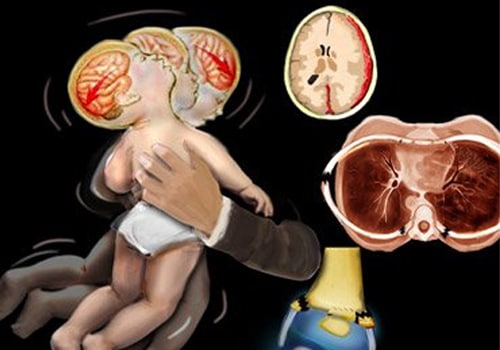
What is abusive head trauma?
Also known as shaken baby syndrome, abusive head trauma (AHT) is a form of inflicted traumatic brain injury, which can be caused by direct blows to the head, dropping or throwing a child, or shaking a child vigrously.
-
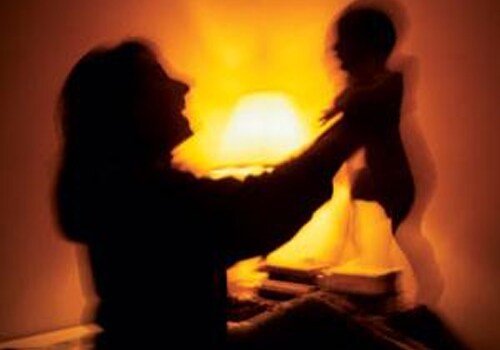
How does it happen?
AHT most often results from injuries caused by someone vigorously shaking a child. The vast majority of victims are infants younger than 1 year old. The average age of victims is between 3 and 8 months, although these injuries are occasionally seen in children up to 4 years old. The perpetrators in these cases are most often parents or caregivers, who with the intention of pacifying the child while he is crying shake him/her too forcefully, resulting in severe damage to the child’s brain. It can be a deliberate or an unintentional form of child abuse.
When someone shakes a baby forcefully, the child's head rotates about the neck uncontrollably because the infant’s neck muscles are not well developed to provide enough support to the head. This violent movement makes the infant's brain move back and forth within the skull, which can rupture the blood vessels and nerves throughout the brain and tear the brain tissue. The brain may strike the inside of the skull, causing bruising and bleeding of the brain.
The damage can be even greater when a shaking episode ends with an impact like hitting a wall. Shaking can also result in swelling of the brain, which can further cause enormous pressure within the skull, compressing blood vessels and increasing overall injury to its delicate structure.
Normal interaction with a child, like bouncing the baby on a knee, does not cause AHT, although one should never shake a baby under any circumstances. -
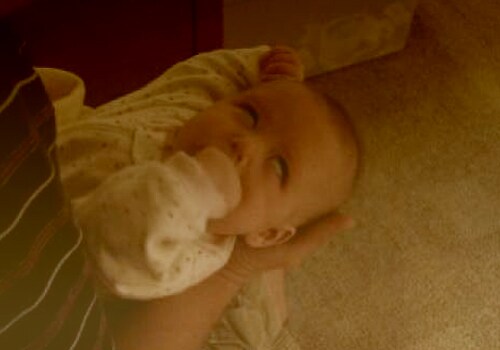
What are its effects on the child?
AHT can cause irreversible damage. In the worst case, the child may also die. Those who survive may have:
- partial or total blindness
- hearing loss
- seizures
- developmental delays
- impaired intellect
- speech and learning difficulties
- problems with memory and attention
- severe mental retardation
- cerebral palsy
- partial or total blindness
-
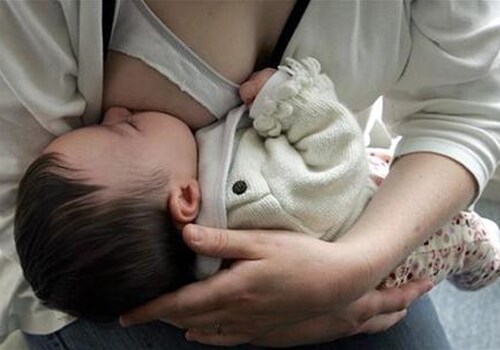
What are the symptoms?
The duration and force of the shaking and the number of episodes determine the severity of the infant's injuries. In the most violent cases, children may arrive at the emergency room unconscious, suffering seizures, or in shock. But in many cases, infants may never be brought to medical attention if they don't exhibit such identifiable signs and symptoms. In less severe cases, a child who has been shaken may experience:
- lethargy
- irritability
- vomiting
- poor sucking or swallowing
- decreased appetite
- lack of smiling or vocalizing
- rigidity
- seizures
- difficulty breathing
- altered consciousness
- unequal pupil size
- an inability to lift the head
- an inability to focus the eyes or track movement
- lethargy
-

How is it diagnosed?
The diagnosis of AHT is difficult and complicated because parents or caregivers don't often provide a history that the child has had abusive head trauma or a shaking injury.
As already mentioned, in most cases, children who don't have identifiable symptoms may never be taken to a doctor. Unfortunately, unless a doctor has reason to suspect child abuse, mild cases in which the infant seems lethargic, fussy, or isn't feeding well are often misdiagnosed as a viral illness or colic. Without a diagnosis of child abuse and any resulting intervention with the parents or caregivers, these children might be shaken again, worsening the brain injuries and damage that they have been subjected to.
The doctor looks for the following when AHT is suspected:
- haemorrhages in the retinas of the eyes
- skull fractures
- swelling of the brain
- subdural hematomas (blood collections pressing on the surface of the brain)
- rib and long bone (bones in the arms and legs) fractures
- bruises around the head, neck, or chest
- haemorrhages in the retinas of the eyes
-
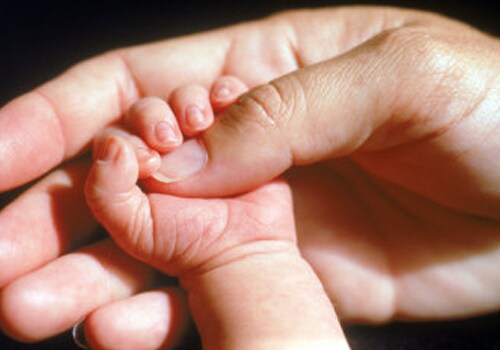
How can it be prevented?
AHT is preventable. Increasing awareness of the potential dangers of shaking is the key aspect to its prevention. Parent and caregivers should learn how to deal with their own stress and impatience when the child is crying. This can significantly reduce the risk. Some hospital-based programs have helped new parents identify and prevent shaking injuries and understand how to respond and pacify children when they cry.
-
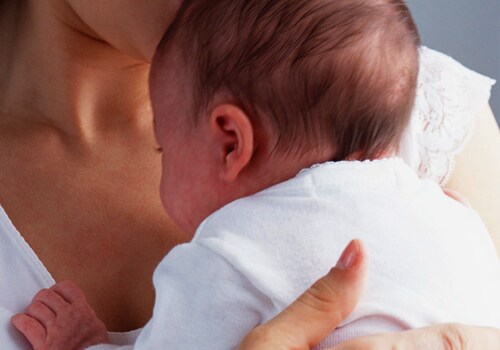
How to console a crying child?
Parents and caregivers most often shake a baby when he is not stopping crying. In such cases, the following points can be useful:-
- Make sure the baby's basic needs are met, that he is not hungry and doesn't need to be changed.
- Check for signs of illness, like fever or swollen gums.
- Sing or talk to the baby.
- Hold the baby close against your body and breathe calmly and slowly.
- Call your doctor if nothing seems to be helping your infant, in case there is a medical reason for the fussiness.
- Make sure the baby's basic needs are met, that he is not hungry and doesn't need to be changed.


















